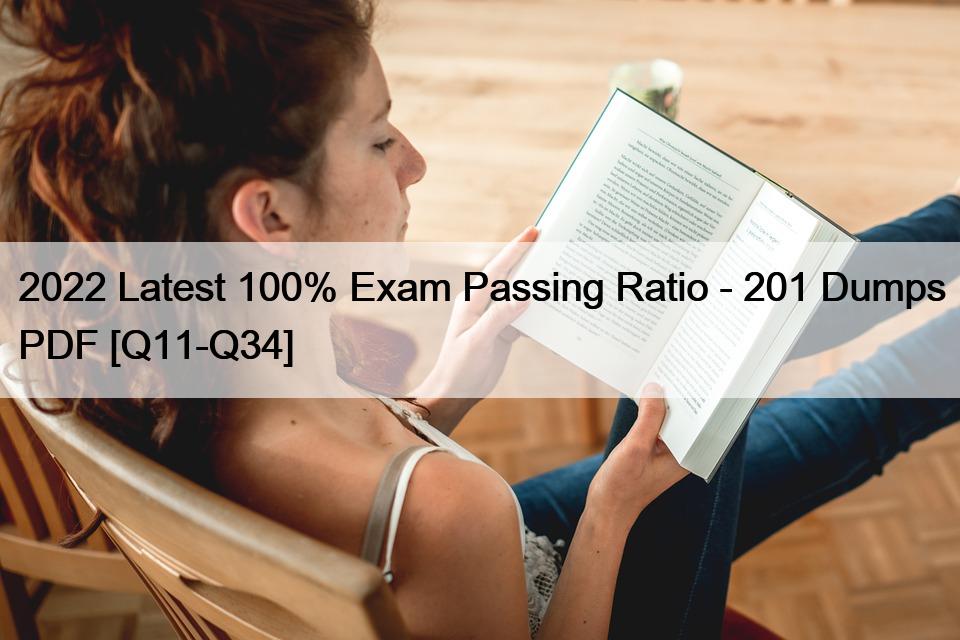
2022 Latest 100% Exam Passing Ratio – 201 Dumps PDF
Pass Exam With Full Sureness – 201 Dumps with 255 Questions
Understanding of functional and technical aspects of Troubleshooting Basic Virtual Server Connectivity Issues
The following will be discussed in this section:
- Determine if the pool configuration has an effect on virtual server state
- Verify the pool member/node connection configuration and count
- Understand how a virtual server processes a request (most specific to least specific)
- Understand the difference between the virtual servers status definitions
- Understand how a packet is processed once it arrives at device (connection table, packet filters, etc.)
- Explain the concept of “persistence”
- Differentiate between fallback and primary persistence
- Determine the state of a virtual server (offline, enabled, etc.)
- Determine if the virtual server is configured with the appropriate profiles
Who should take the F5-201: TMOS Administration Exam
People who are interested in getting a F5 Professional Certification which validates your expertise in manipulating the entire application stack – from traditional network knowledge all the way to advanced application-layer understanding, with the ability to integrate those two worlds. Candidates should have a basic understanding of network fundamentals, protocols, and common traffic management concepts. The student should also understand the basic concepts of F5 technology as applied to network fundamentals, protocols, and traffic management.
Candidates should have the following knowledge/capabilities:
- Identify and define the components of TMOS (F5 Traffic Management Operating System).
- Articulate the advantages of a full application proxy.
- Describe valid uses/methods of HTTP.
- Explain the seven layers of the Open Systems Interconnection (OSI) model.
Verified 201 dumps Q&As – 100% Pass from DumpsTorrent: https://www.dumpstorrent.com/201-exam-dumps-torrent.html